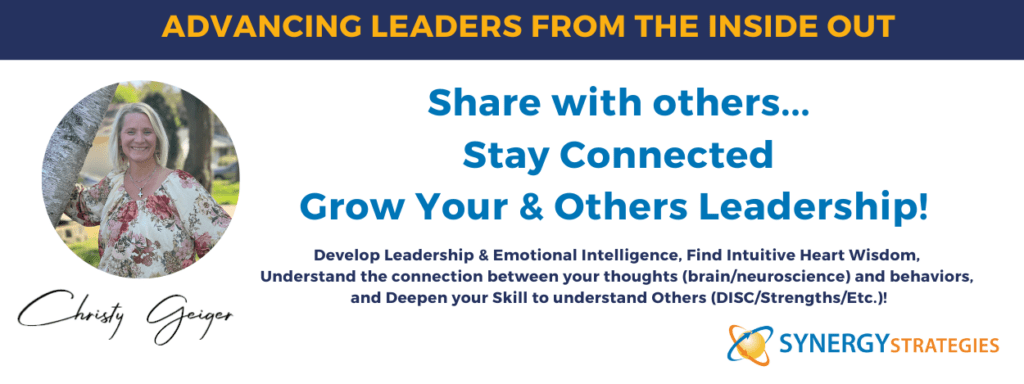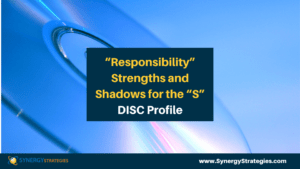In our American culture, the “path” for personal development is greatly laid out for us. As a baby, there are milestone check points for parents to follow. Age appropriate toys and videos teach toddlers numbers, letters and words. At kindergarten (sometimes before) the formal training begins. An academic progression monitors social, emotional and physical development through high school and often college and graduate school. At the end of school people are suddenly in charge of their own development plan and strategy to accomplish their vision/goals.
Here is the problem. Many people get lost in high school. Some know what they want to do, but most move to college having no idea of what they will do. They go to college hoping their career will become obvious to them. For some, they find it; for others they try something hoping they found it; and for others they finish still not knowing. All move on with life doing something, trying a career, working a job, looking and living off someone else, or opting for more education.
Few people know what they want to do and are able to make it happen. Most need to take time to find it and often do several things before they find it. In the process of discovery, change is needed. This can be scary, especially as risks and dependents increase (family, kids, home, payments, etc.). Many times people have ideas of what they want, but are simply unable to make the change because of fear, being overwhelmed, or apparent lack of resources, skill or vision.
If your current path is not a fit or you have a new passion, forge your future and embrace change.
Here are a few keys:
1) Anything is possible. Believe that it can happen and look for ways to make it happen.
2) Know what you want/need in life and what is necessary to accomplish those needs (i.e. a working lady wants to work and have kids but needs to have work flexibility. Solution: Find a job that has flexibility or can be done from home that uses your skills and will meet your work needs (income, work environment, preferences, etc.).
3) Have a vision of the solution. (If you can see all the way to the end, plot the actions it will take. If you cannot, plot the first set of actions and work on those. The next steps will become obvious as you move).
4) Take baby steps to move closer to that vision. What ONE thing can you do?
5) Surround yourself with people, resources and tools to keep you courageous, focused, encouraged and optimistic so you do not grow weary, discouraged, distracted or overwhelmed.
6) Embrace Change. As you go keep your eyes fixed on the objective/goal and allow for adjustments along the way.





